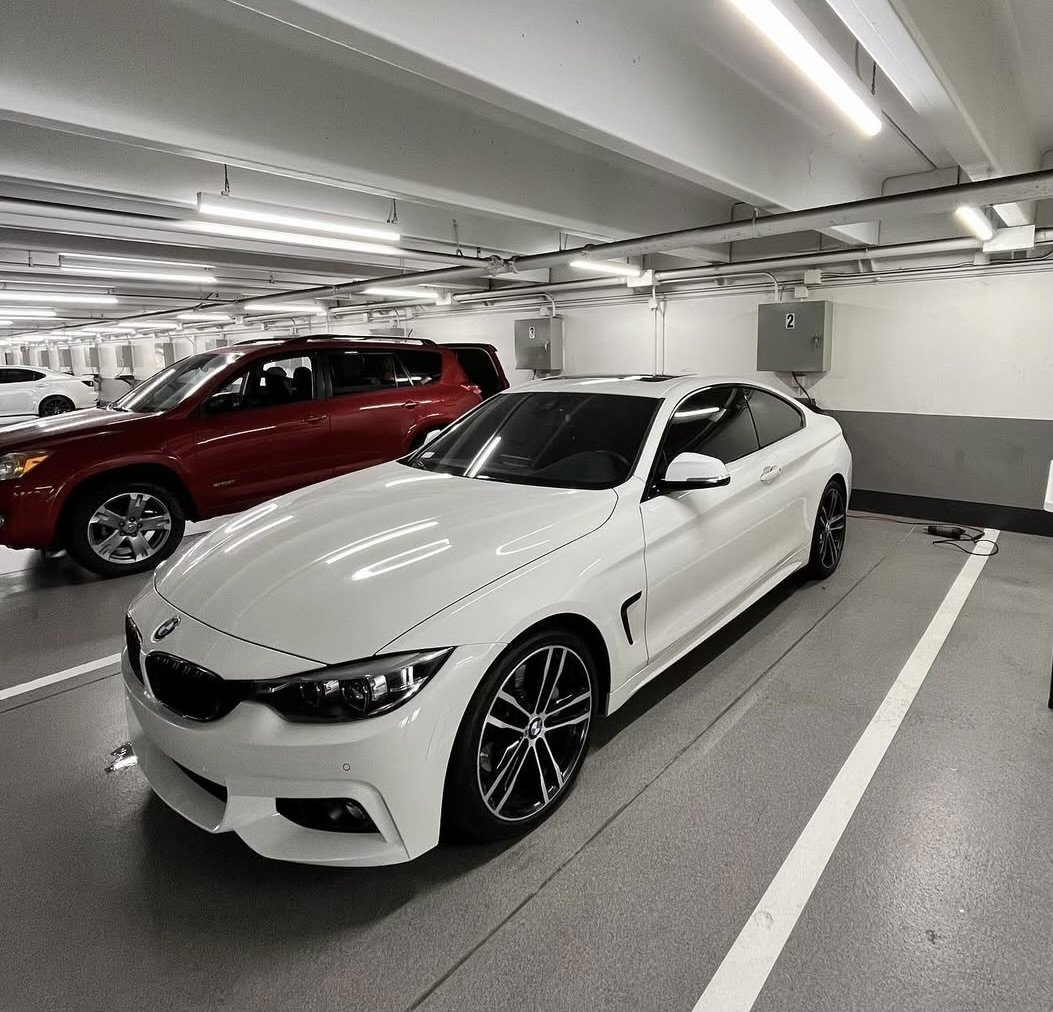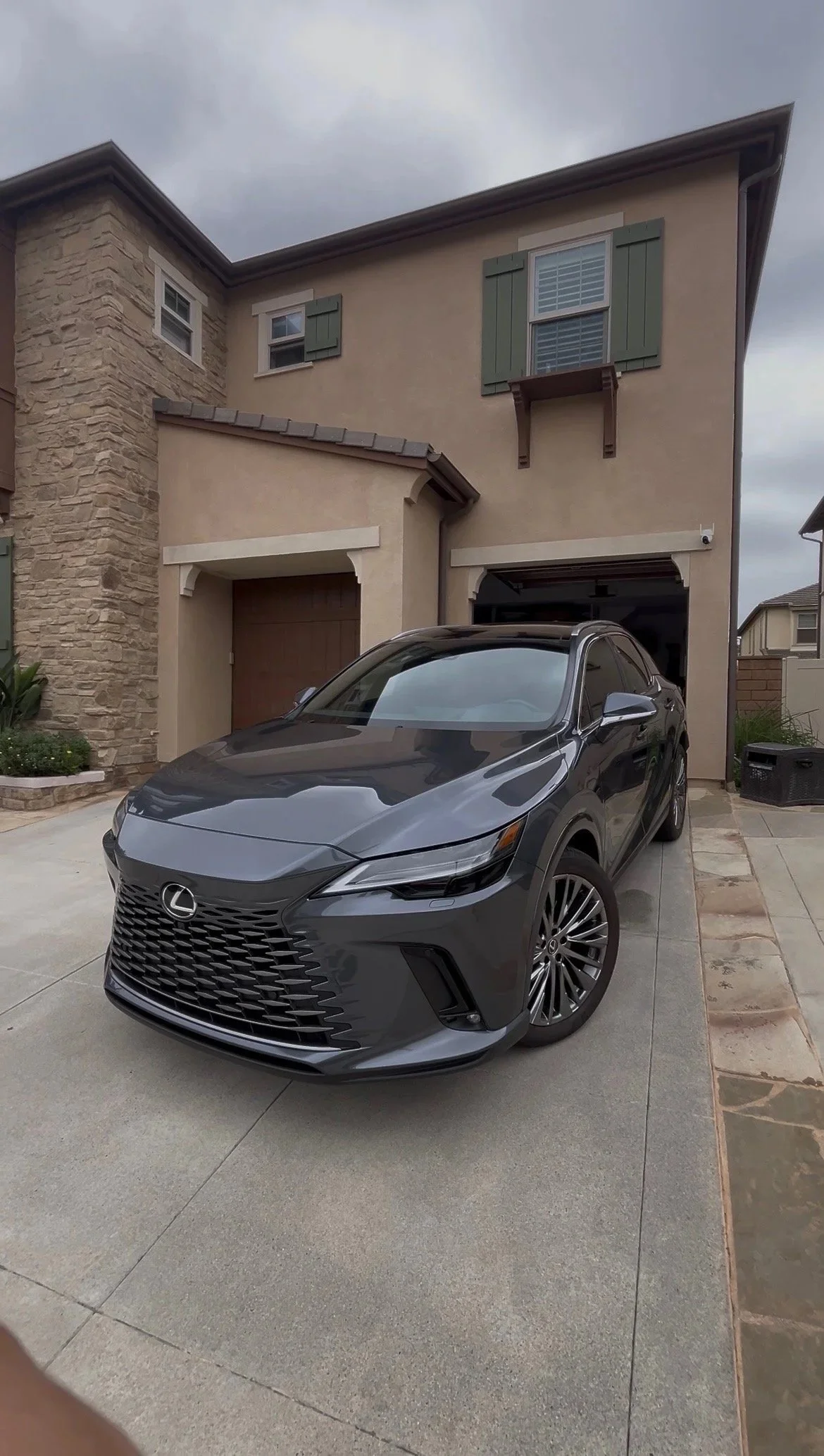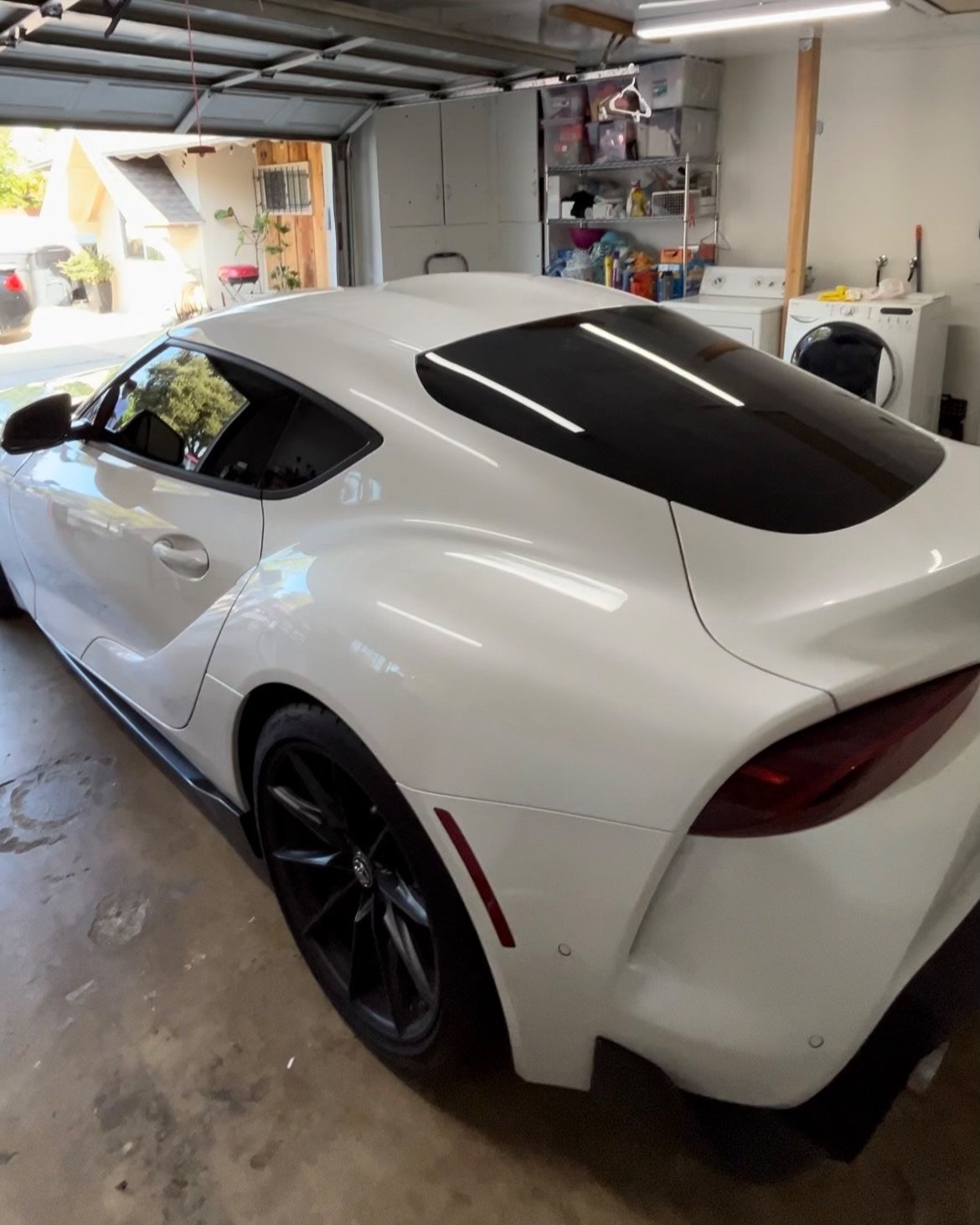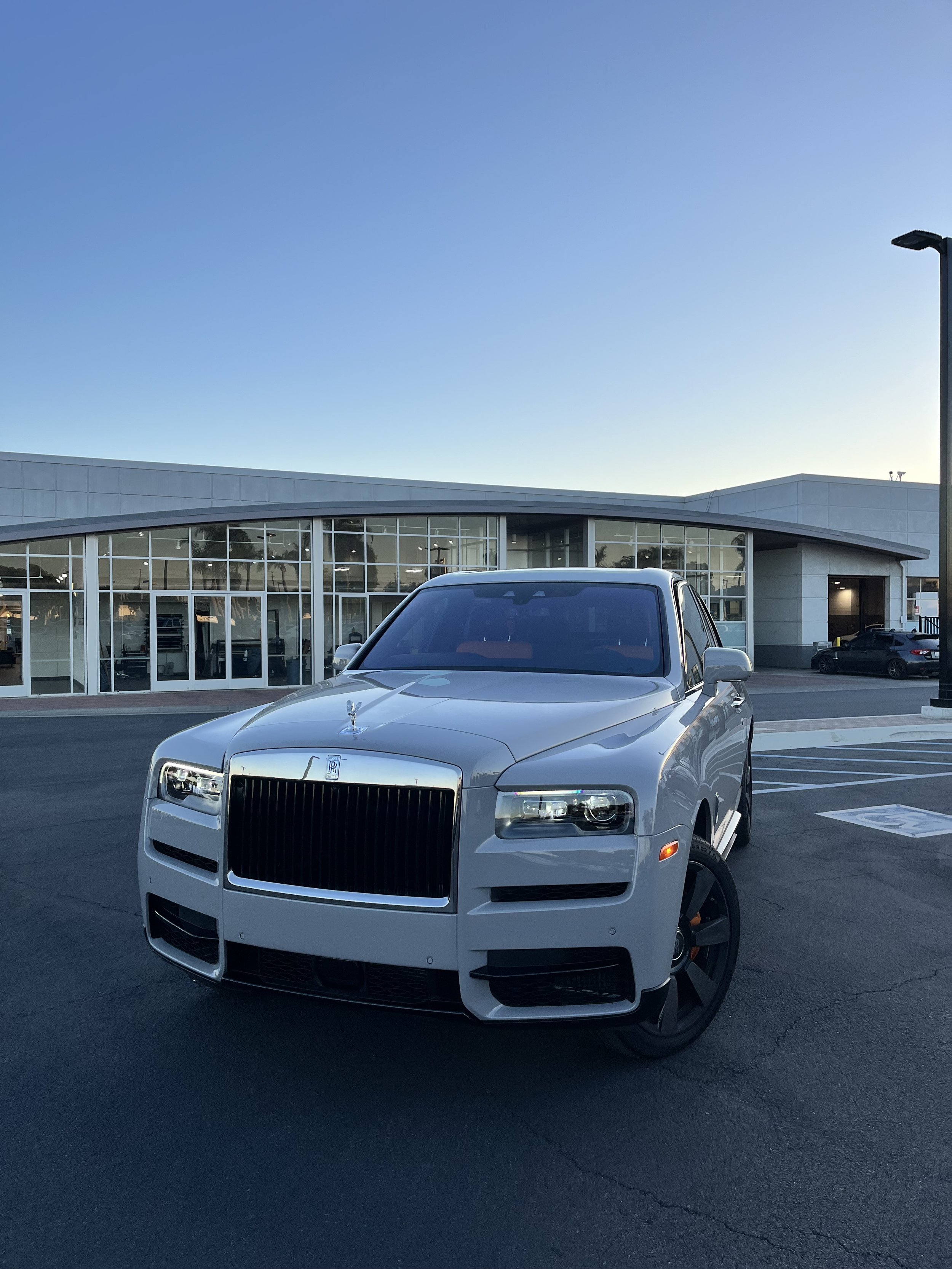
Carbon Tint vs Ceramic Tint
Are you ever driving towards the sun and just feel that heat beaming directly at you? That’s infrared light or heat and it’s being emitted by the sun’s energy. Although it is invisible to the human eye, we feel it as heat and amplified when in direct sight. Heat rejection films allow to block a percentage of that feeling. However High IR Heat Rejection films such as ceramic films block out a much higher percentage.
Comparing Window Films Carbon vs Ceramic
-
True Carbon Based Window Films
- Fade Resistant offering Long-Lasting Color.
- True Carbon based films can Block up to 40% of solar heat
- Great Entry level film and good value for Mid Range Performance
- Easy avenue to Increase Styling and Privacy for vehicle
- 99% UV Protection
-
Ceramic Based Window Films
- Infused with nano ceramic particles at a molecular level, drastically increasing Heat Rejection.
- Ceramic films can block up to 88% of solar heat
- Better Value for performance when it comes to added heat rejection.
- Keeps that true black tint tone without comprising color hue.
-99% UV Protection
-
Dual Layer Ceramic Window Films
- Constructed with a dual layer ceramic film instead of infused in a single layer.
- Window Film can block up to 95% of solar heat.
- Best Performance for a one time investment.
- Higher end ceramic films can change to a cooler color hue, especially seen in lighter shades. Making it seen more blueish or greenish, extremely subtle but luxurious.
-99% UV Protection
Benefits of Carbon Window Tint
Dyed film has little to no heat rejection and heavily relies on dyes which makes it easily susceptible to fading and discoloration, caused by direct sunlight. However an entry level IR heat rejection film such as a carbon film will not discolorate or fade. Our Carbon Tint is constructed with carbon atom particles and by definition is a stable element that is resistant to fading, discoloration and improves heat rejection. What’s better than a 3 for 1?
Carbon Tint VLT Percentages Consist from 35% (Light), 15% (Medium) down to 5% (Dark/Limo), even 2% is available. Carbon Films do tend to be on the darker side when comparing it to a color stable film or a ceramic tint and that is because the carbon content that is infused in the film intensifies that darker look, making it perfect for those looking mainly for privacy and a good comfort level compared to a dyed film or color stable films.
WHAT MAKES A CERAMIC FILM MORE EXPENSIVE VS CARBON?
One way ceramic tint differs to carbon tint is the price, however a one time investment in a ceramic film is definitely something to consider for those vehicle owners looking to keep their vehicles for a long time, and/or for those who are on the road a whole lot.
So then, how does a ceramic film keep your vehicle cooler? It does this by slowing down the transmission of the Heat into the vehicle's cabin and when the car is in motion, it allows the film to cool down much faster compared to other non ceramic films. Now Imagine running the AC, even on low, it helps keep that heat out by creating a barrier.
Our ceramic film not only looks great by keeping that true black tint look, it also excels in Heat Rejection. This film is constructed by infusing nano ceramic particles in the film, allowing it to reject upwards of 88% of the infrared heat.
Nano Ceramic Tint VLT varies from 35% (Light), 15% (Medium), and Limo also known as 5% (Dark). The visibility and clarity seen through this film is astonishing. With the latest technology in window film even in the medium shades where some films struggle to keep clear visibility during night time hours, our quality film and installation excels. Medium shades are a great sweet spot for the rear half of a vehicle.
INSIGHT ON THE HIGHEST PERFORMING IR Rejection WINDOW FILMS?
Our Premium Dual Layer Ceramic Window Film Blocks upwards of 95% of the Infrared heat. Such as with all high end ceramic film exceeding 90% or higher a slight color hue is recognizable. This is actually another difference with ceramic tint vs carbon tint is that ceramic film appears more luxurious by having an extremely subtle blue/green tint. This is noticeable with lighter shades such as 35% and lighter. A cooler hue as such only indicates a more sleek appearance.
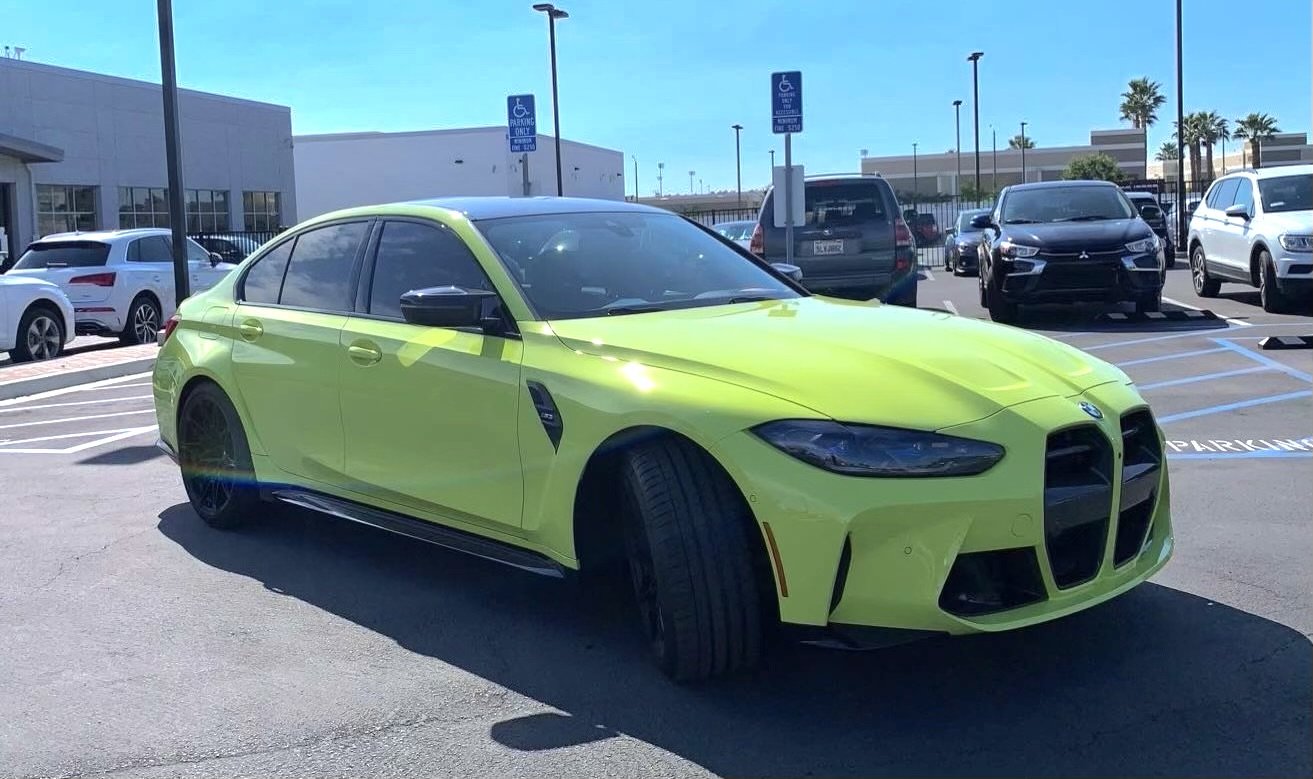
What is VLT?
VLT is short for Visible Light Transmitted, the lower the percentage, the darker the tint. This is because when you take 70% VLT Film and Apply it to a windshield, only 70% of the outside light is being transmitted into the vehicle. For the most part a windshield’s VLT is stamped somewhere in the corner, and almost always measuring out to 70% VLT. This means 70% Tint is virtually clear. Now take a 5% VLT Film and apply it to a back glass of a sedan, now only 5% of the outside light is being transmitted into the vehicle.
Request Quote
Interested in working together? Fill out some info and we will be in touch shortly. We can’t wait to hear from you!
